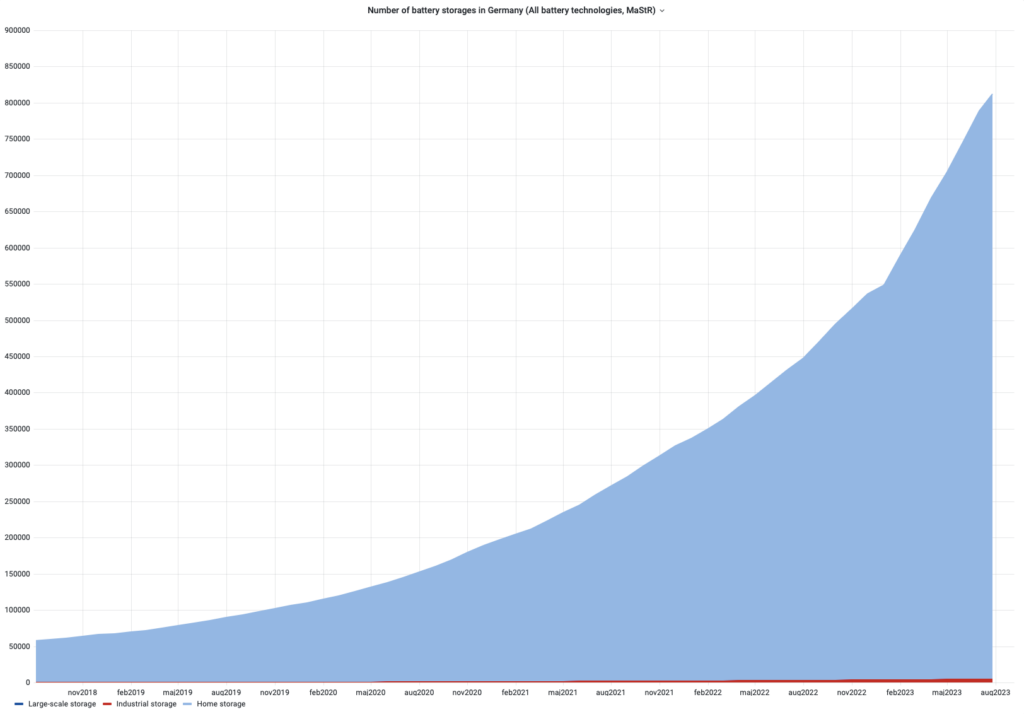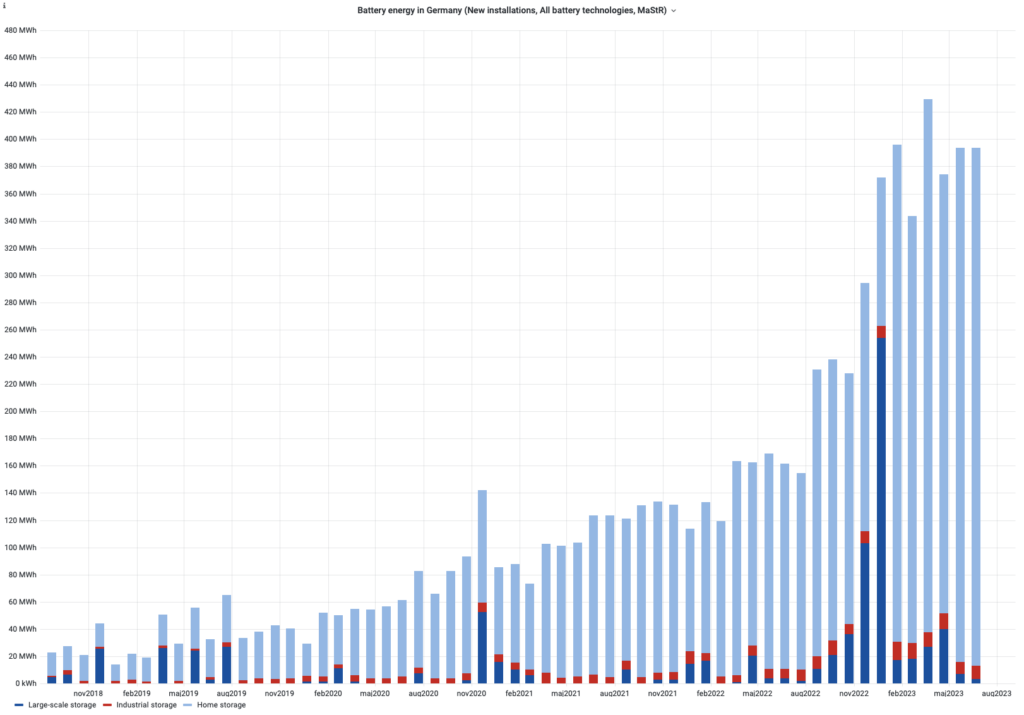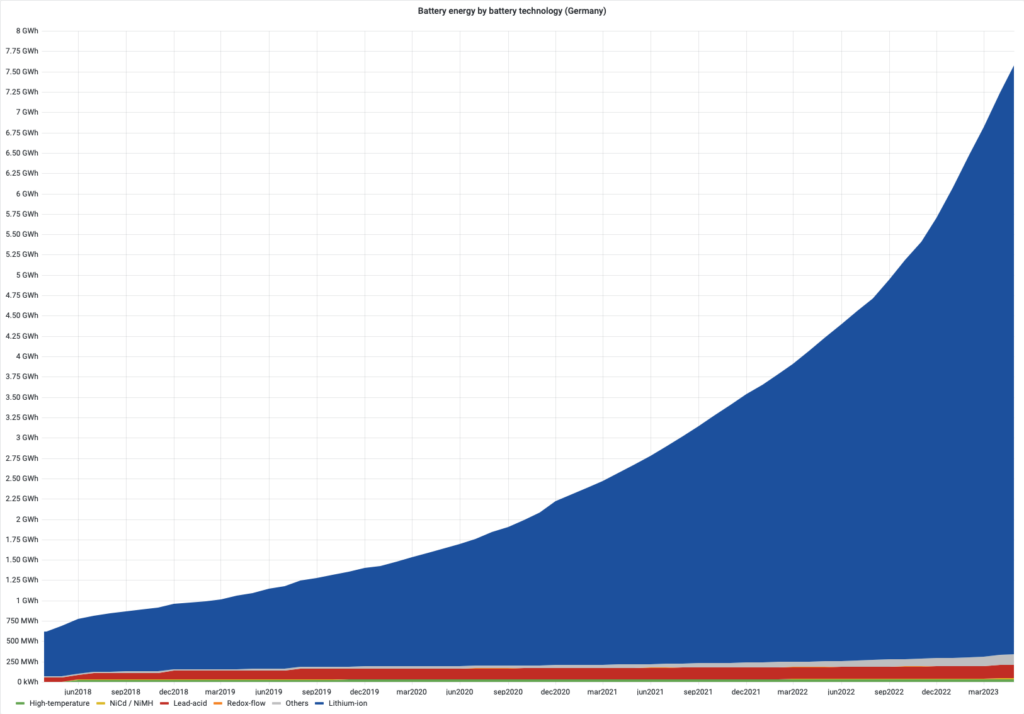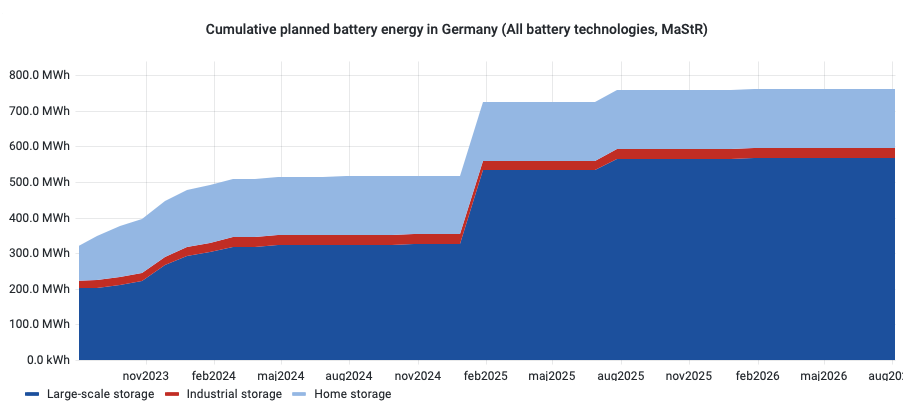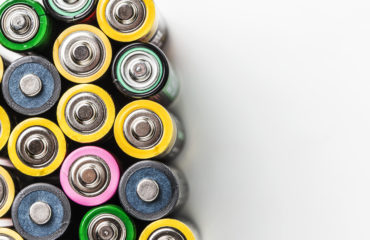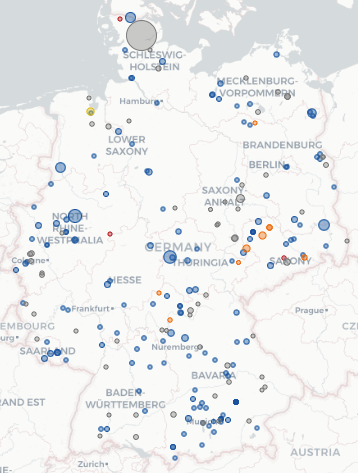
The Battery Charts project brings a cutting-edge website that offers an automated evaluation of battery storage in Germany using data from the German Federal Network Agency’s public database (MaStR).
The project is developed by Jan Figgener, Christopher Hecht, and Prof. Dirk Uwe Sauer from the Institutes ISEA and PGS at RWTH Aachen University. Let’s delve into the captivating world of battery energy, power, installations, technologies, planned systems, and regional distribution.
NB: This article is a modified rewrite of the original Battery Charts project website. All credit, material, licenses, and referrals are owned and credited to the above authors and the Battery Charts project and detailed market analysis licensed under CC BY 4.0.
Please note that the interactive graphics from the original article are inserted in this article as fixed images. Interactive content can be viewed by clicking the images and links below.
Link to Battery Charts website HERE
Link to Market Analysis HERE
Battery Energy
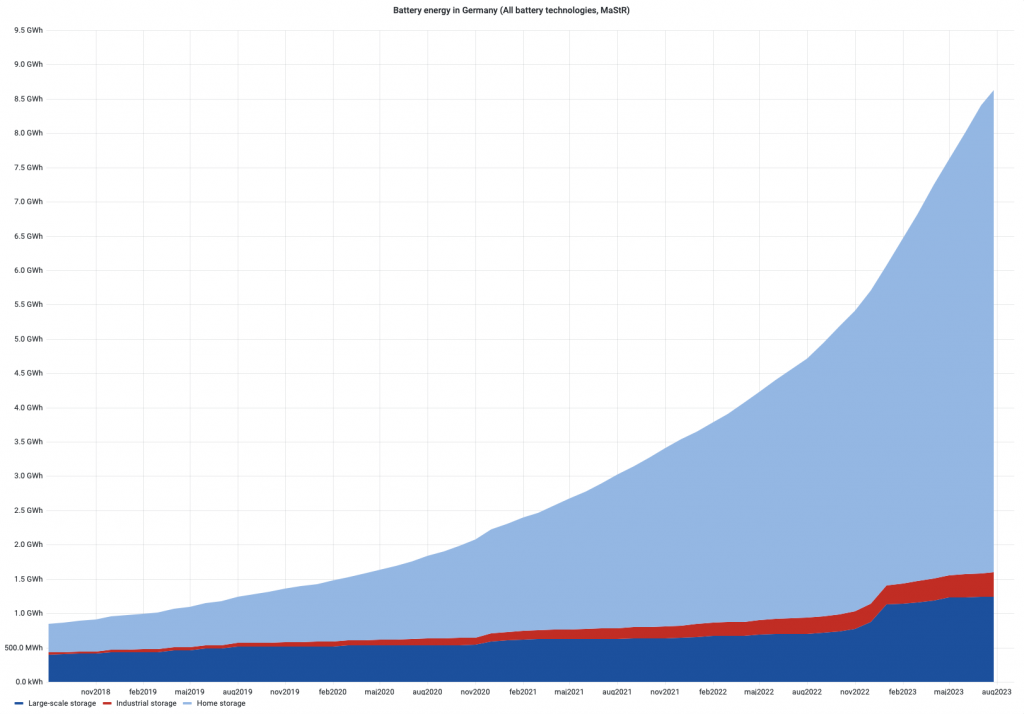
Germany is making remarkable strides in the stationary battery storage sector, boasting several gigawatt hours of storage capacity. With its versatile applications, home storage commands most of the market, followed by industrial and large-scale storage. In comparison, national pumped-hydro storage systems total 39-gigawatt hours. Home storage systems are currently being extensively employed to enhance solar self-consumption. In contrast, industrial storage systems cater to solar self-consumption and peak shaving for businesses, along with fast-charging electric vehicles. Large-scale battery storage systems initially focused on providing primary control power but have now diversified into three emerging areas of application:
- Integrating large PV and wind farms
- Grid booster projects for grid operation management
- Optimizing energy management at large industrial sites
Battery Power
Battery storage systems offer impressive flexibility, allowing charging or discharging for more than an hour at full power. The total power available is a few gigawatts, distributed proportionally to the storage energy.
Number of Installations
The Federal Network Agency has registered hundreds of thousands of storage systems, primarily comprising home storage units. Industrial storage systems are also on the rise, while large-scale battery storage systems are fewer in number. Note that individual registrations with storage energy above 1,000 kWh are filtered out, as these often include unverified entries with mistaken classifications.
Addition of Batteries
The trend for new installations is on a clear upswing, driven by rising electricity prices and geopolitical events like the war in Ukraine. Consumers are increasingly seeking self-sufficiency and investing in PV systems with battery storage.
Battery Technologies
Lithium-ion batteries have taken the lead in the home and commercial storage markets, replacing lead-acid batteries over time. Large-scale storage markets initially featured diverse technologies, including lead-acid, high-temperature, and redox-flow batteries, but now, lithium-ion batteries are dominant.
Planned Battery Storage Systems
The MaStR includes planned battery storage systems, primarily in the large-scale storage category. This prevalence is due to smaller home and industrial storage systems being reported only after installation.
Regional Distribution
Battery storage systems are scattered across Germany, with home and industrial storage concentrated in the western and southern regions. However, large-scale storage systems do not show a clear distribution pattern.
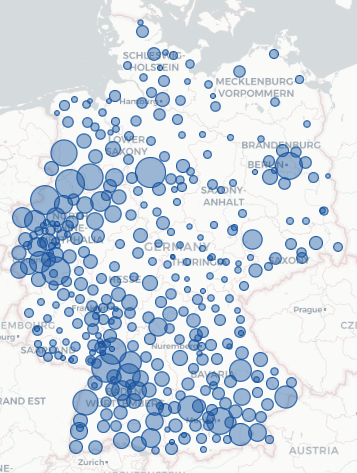
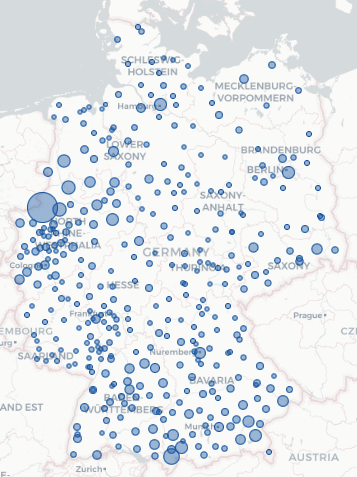


Methodology of the Battery Charts project
Battery Charts utilizes data from the German Federal Network Agency under license dl-en/by-2-0 at the website of the German Federal Network Agency https://www.marktstammdatenregister.de/MaStR. The website’s analyses are based on meticulous evaluations of individual registrations, ensuring accuracy to the best of their knowledge. The interactive figures on the website allow users to customize data selection. For those interested in more detailed insights, a publicly available dashboard facilitates data selection for individual federal states and battery technologies. The data in MaStR are manually entered, subject to specific consistency filters, and are considered highly complete for new installations.
Comments on the Battery Charts Project
As the renewable energy sector grows and evolves, battery storage is pivotal in enabling a sustainable future. Battery Charts shed light on Germany’s dynamic battery storage landscape, from energy and power capacities to technological trends and regional distribution. With the increasing demand for self-sufficiency and renewable energy integration, the battery storage market holds immense potential for technical innovators in the renewable energy sector.
Many battery storage systems weren’t retroactively registered after MaStR operations (for installations before 2019), impacting numbers for those years. New installations likely see a few percent non-notification rate. The Battery Charts project present storage systems by commissioning, not registration date, so figures for the last 2-3 months could still rise, as immediate registration isn’t guaranteed.
Green Dealflow
Green Dealflow is an exclusive matchmaker for professional investors and project developers in the solar and wind industry. For developers, we provide the service of introducing the relevant investors or PPA off-takers for their projects within 2-3 weeks (off-market with discretion). Other services we provide to the developers are secure data room service, financial modelling service, running a structured process to sell projects etc. For investors, we provide the project based on their investment criteria and run an RPF process to source projects in any market as a mandate holder. Further to this, we deliver renewable news and trends, blog posts, and business intelligence, e.g. through transaction reviews etc., to our client base periodically. Remember to register your interest with us.

